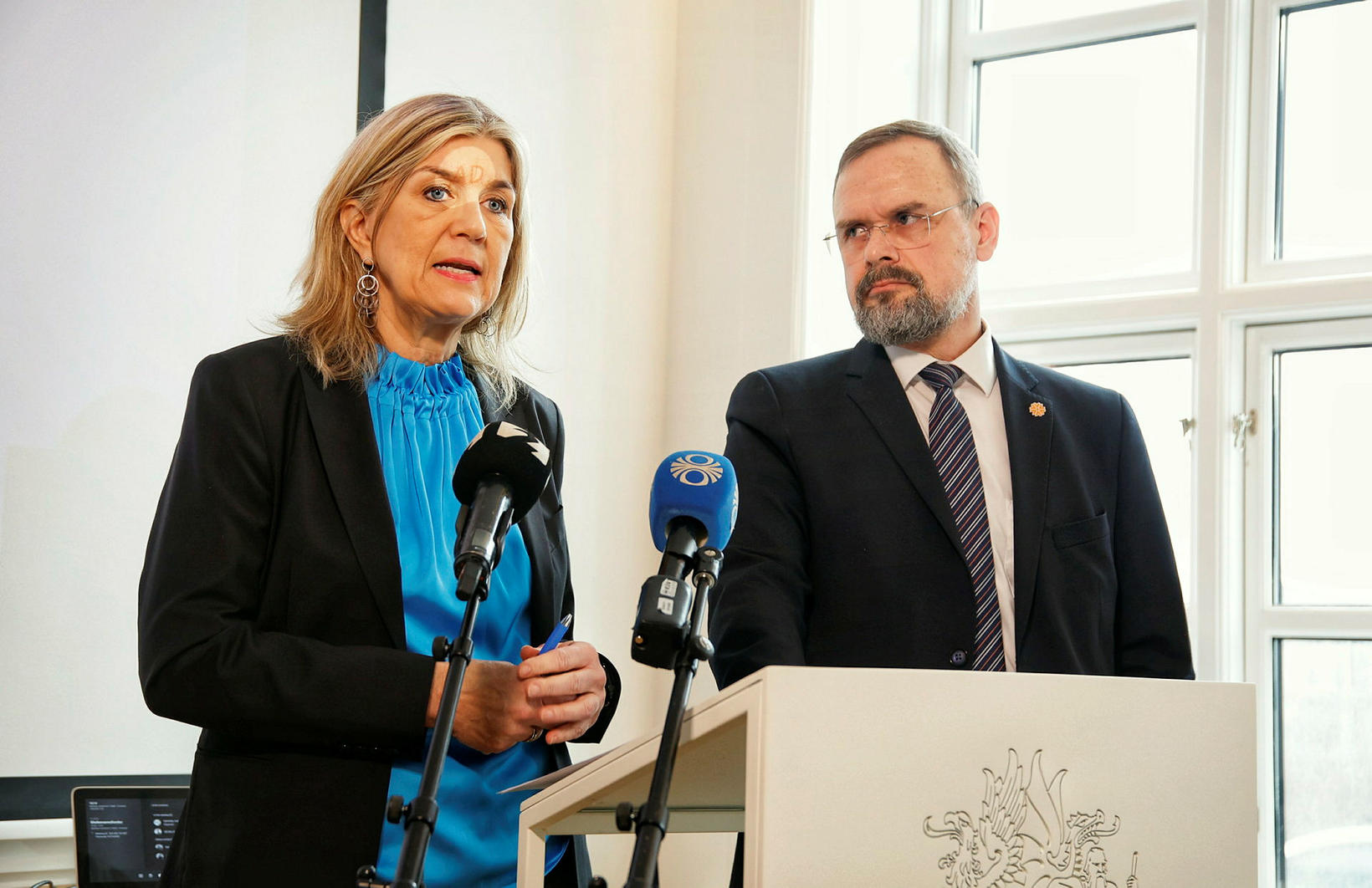Proposed changes could have yielded an additional ISK 10 b last year
Hanna Katrín Friðriksson, Minister of Industry and Trade, and Daði Már Kristófersson, Minister of Finance. mbl.is/Árni Sæberg
Hanna Katrín Friðriksson, Minister of Industry and Trade, and Daði Már Kristófersson, Minister of Finance, introduced a proposal today to amend the law on fishing fees, which includes adjustments to the registered catch values for both demersal and pelagic fish.
According to the ministers, these changes could have generated an additional 10 billion Icelandic krónur in fishing fees last year—effectively doubling the current amount. The bulk of this increase is expected to impact the country’s larger fishing companies.
A step toward fairer distribution of profits
Minister Friðriksson emphasized that the primary goal of these changes is to create a more equitable distribution of profits from Iceland’s fishing resources. She explained that the additional revenue would be directed toward infrastructure development in rural areas, particularly road construction. The proposed adjustments are seen as a step toward ensuring that the nation receives a fairer share of the profits, with the aim that the government would eventually claim one-third of the profits, while the fishing companies would retain two-thirds.
Discrepancies between Iceland and Norway
During the announcement, Minister Kristófersson provided further details on the government’s reasoning. He noted that the calculation of the fishing fee should accurately reflect the actual market value of the catch. He pointed out significant discrepancies between the prices paid for certain fish, such as Norwegian-Icelandic herring, blue whiting, mackerel, cod, and haddock, in Iceland and Norway. To address this, the proposal includes using official data from the Norwegian Fisheries Agency to adjust the catch value for these species.
Kristófersson revealed that the difference in catch prices between the two countries was considerable, and much greater than could be explained by differences in size or quality. For example, prices for herring in Norway are 58% higher than in Iceland, 15% higher for blue whiting, and a staggering 124% higher for mackerel. "Right must be right," he remarked.
Commitment to public interest
Minister Friðriksson reiterated the government’s commitment to ensuring that the public benefits from these changes. She stressed that the matter was already in the consultation phase and urged the public to stay informed and engaged. “We are doing this for your benefit,” she said.
Alongside the changes to fishing fees, the government also plans to increase the tax exemption threshold, which will primarily benefit small and medium-sized fishing companies. However, the proposed fee increases will predominantly affect larger companies. Friðriksson explained that the primary justification for fishing fees is to cover the costs of state services to the fisheries sector, such as research and monitoring. Furthermore, the government aims to ensure that the nation has a direct and visible stake in the profits from its natural resources.
Retroactive fees not considered
When asked whether the government had considered charging retroactive fishing fees, given the large differences between prices in Iceland and Norway, Friðriksson did not dismiss the idea. She acknowledged that there had been discussions about the potential for retroactive charges, but ultimately, it was decided to focus on moving forward rather than revisiting the past. “We have drawn a line in the sand and are looking ahead,” she concluded.









